Chemoembolization
Chemoembolization is a high-dose of chemotherapy agents that are delivered directly to the diseased liver while blocking the blood supply to the tumor allowing for a quicker recovery. Chemoembolization is often performed in concert with medical and radiation oncology to provide the most advanced cancer treatments with the least amount of side effects.
Radioembolization
Radioembolization treatments involve the application of radioactive particles to a tumor to destroy it. These particles emit radiation that damages cancerous tumor cells, blocking blood flow to the tumor and reducing the tumor’s size over time. Radioembolization is most commonly used for cancers that originate or spread to the liver.
Tunneled Catheter
This type of catheter is surgically inserted into a vein in the neck or chest and passed under the skin. Only the end of the catheter is brought through the skin through which medicines can be given. Passing the catheter under the skin helps keep it in place better, lets you move around easier, and makes it less visible.
PICC Line
A peripherally inserted central catheter (PICC) is a central venous catheter inserted into a vein in the arm rather than a vein in the neck or chest.
IVC Filter
Inferior vena cava (IVC) filter traps large blood clots arising from the legs and prevents them from traveling through the vena cava vein to the heart and lungs.
Radiofrequency Ablation
Radiofrequency ablation (RFA) is used to destroy tumors and provide relief for symptoms, such as pain. RFA is also used to shrink tumors so they can be more successfully treated by radiation therapy or chemotherapy. Because the therapy is localized inside the tumor, there is little damage to healthy tissue in the body. Cancer patients who have an increased risk of bleeding due to the vascularity of the tumor may be good candidates for RFA.
Chemotherapy Port
A chemotherapy port is a medical appliance installed beneath the skin. A catheter then connects the chemotherapy port to a vein. Drugs can then be injected into or blood can be drawn through this port. This reduces the pain a patient will experience during chemotherapy, and a single site is easier to keep free of infection.
Biopsy
A biopsy is a sample of tissue taken from the body in order to examine it more closely. Usually, a doctor recommends a biopsy when an initial test suggests an area of tissue in the body isn’t normal.
Paracentesis
Paracentesis is a procedure to take out fluid that has collected in the belly (peritoneal fluid). This fluid buildup is called ascites. ascites may be caused by infection, inflammation, an injury, or other conditions. The fluid is taken out using a long, Thin needle put through the belly. The fluid is sent to a lab and studied to find the cause of the fluid buildup.
Aspire Catheter
It is a thin, flexible tube that is placed in the pleural space to drain the fluid accumulation associated with pleural effusion. traditionally, treatment for chronic pleural effusion has required patients to remain in the hospital. The Aspire catheter allows you to manage your pleural effusion at home.
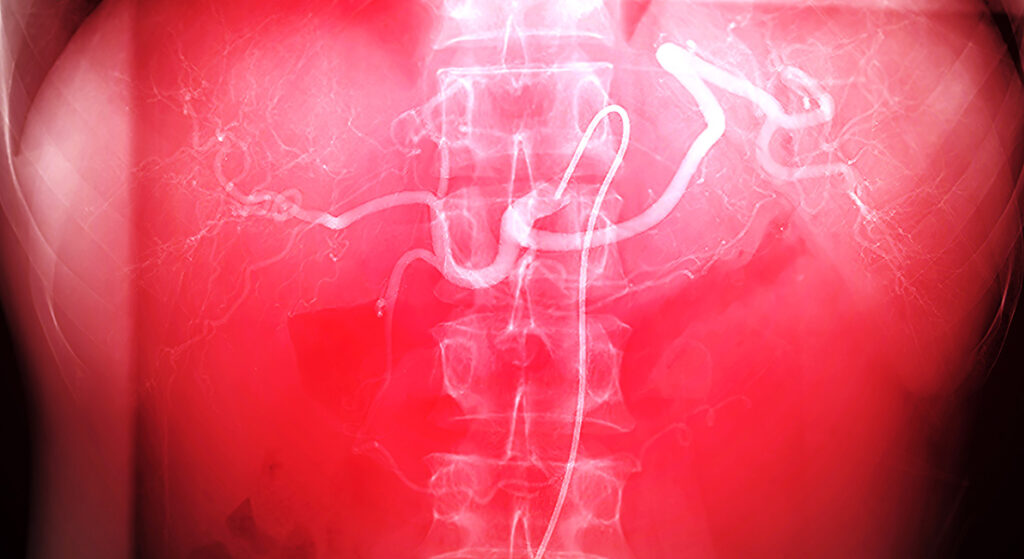
Chemoembolization
Chemoembolization is a high-dose of chemotherapy agents that are delivered directly to the diseased liver while blocking the blood supply to the tumor allowing for a quicker recovery. Chemoembolization is often performed in concert with medical and radiation oncology to provide the most advanced cancer treatments with the least amount of side effects.
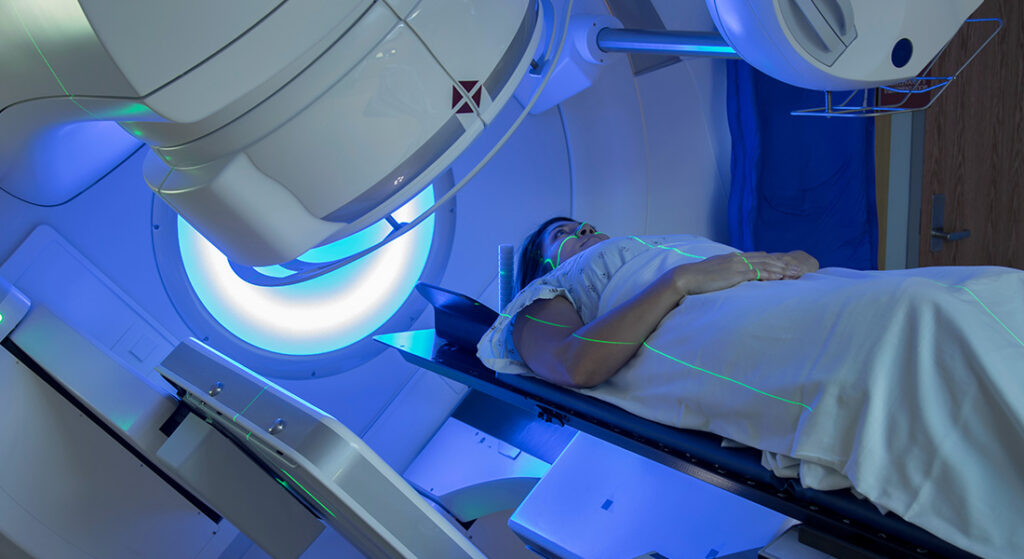
Radioembolization
Radioembolization treatments involve the application of radioactive particles to a tumor to destroy it. These particles emit radiation that damages cancerous tumor cells, blocking blood flow to the tumor and reducing the tumor’s size over time. Radioembolization is most commonly used for cancers that originate or spread to the liver.
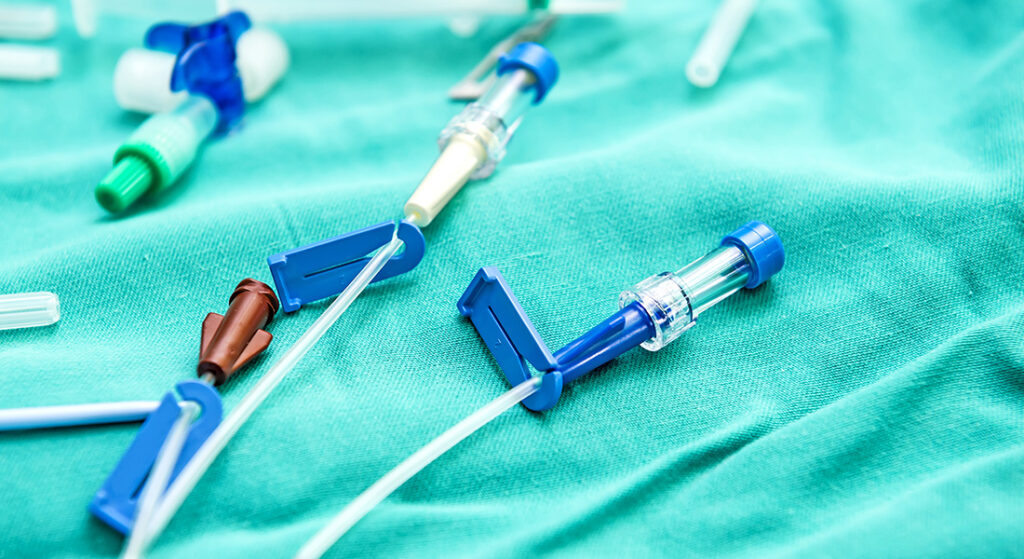
Tunneled Catheter
This type of catheter is surgically inserted into a vein in the neck or chest and passed under the skin. Only the end of the catheter is brought through the skin through which medicines can be given. Passing the catheter under the skin helps keep it in place better, lets you move around easier, and makes it less visible.

Radiofrequency Ablation
Radiofrequency ablation (RFA) is used to destroy tumors and provide relief for symptoms, such as pain. RFA is also used to shrink tumors so they can be more successfully treated by radiation therapy or chemotherapy. Because the therapy is localized inside the tumor, there is little damage to healthy tissue in the body. Cancer patients who have an increased risk of bleeding due to the vascularity of the tumor may be good candidates for RFA.

PICC Line
A peripherally inserted central catheter (PICC) is a central venous catheter inserted into a vein in the arm rather than a vein in the neck or chest.
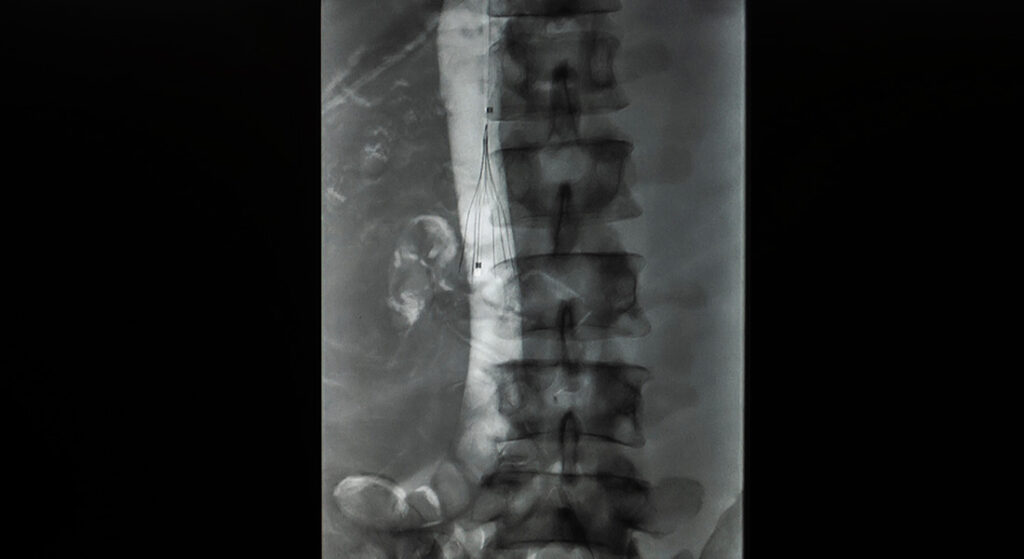
IVC Filter
Inferior vena cava (IVC) filter traps large blood clots arising from the legs and prevents them from traveling through the vena cava vein to the heart and lungs.
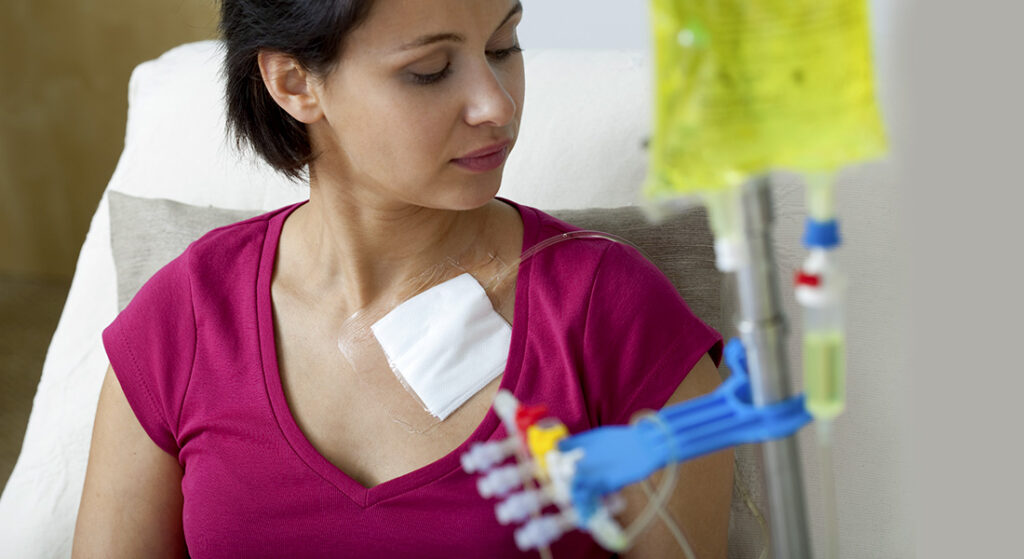
Chemotherapy Port
A chemotherapy port is a medical appliance installed beneath the skin. A catheter then connects the chemotherapy port to a vein. Drugs can then be injected into or blood can be drawn through this port. This reduces the pain a patient will experience during chemotherapy, and a single site is easier to keep free of infection.

Biopsy
A biopsy is a sample of tissue taken from the body in order to examine it more closely. Usually, a doctor recommends a biopsy when an initial test suggests an area of tissue in the body isn’t normal.
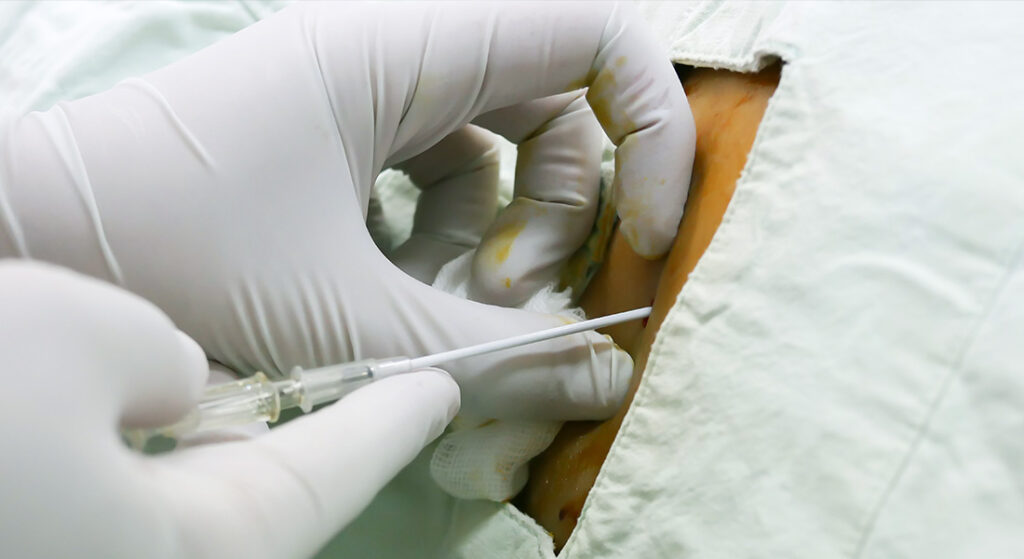
Paracentesis
Paracentesis is a procedure to take out fluid that has collected in the belly (peritoneal fluid). This fluid buildup is called ascites. ascites may be caused by infection, inflammation, an injury, or other conditions. The fluid is taken out using a long, Thin needle put through the belly. The fluid is sent to a lab and studied to find the cause of the fluid buildup.
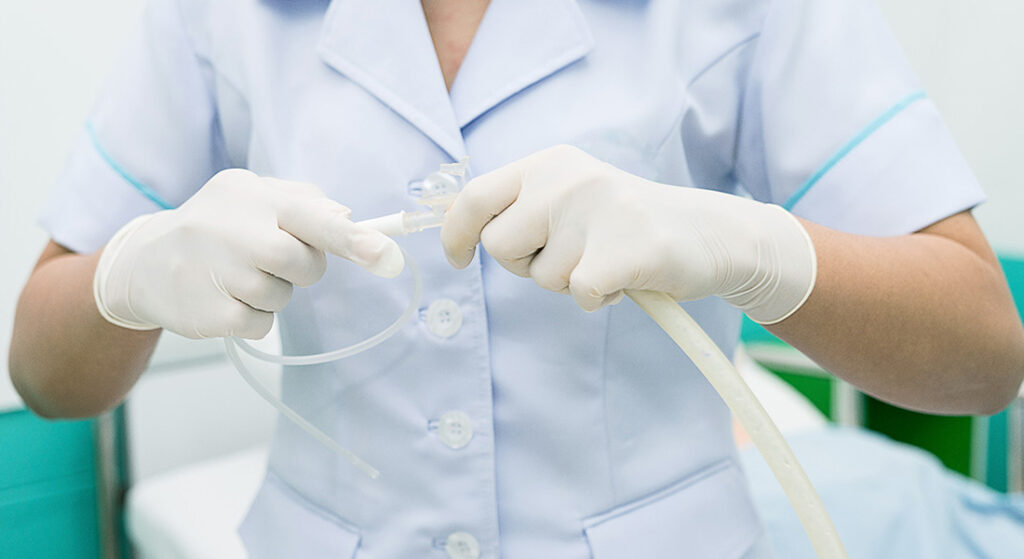
Aspire Catheter
It is a thin, flexible tube that is placed in the pleural space to drain the fluid accumulation associated with pleural effusion. traditionally, treatment for chronic pleural effusion has required patients to remain in the hospital. The Aspire catheter allows you to manage your pleural effusion at home.
